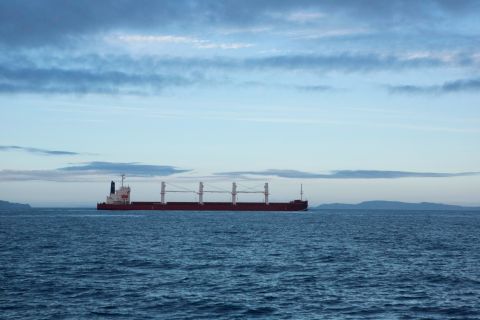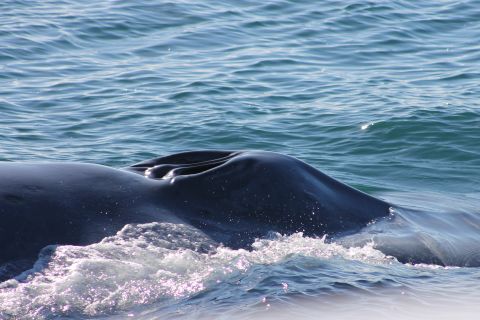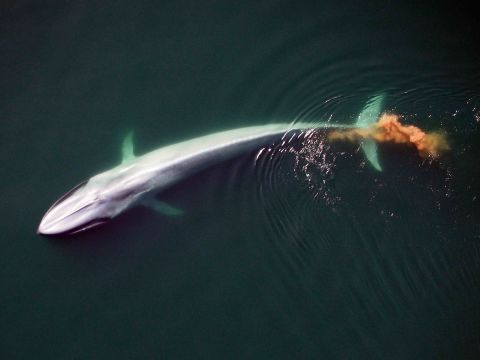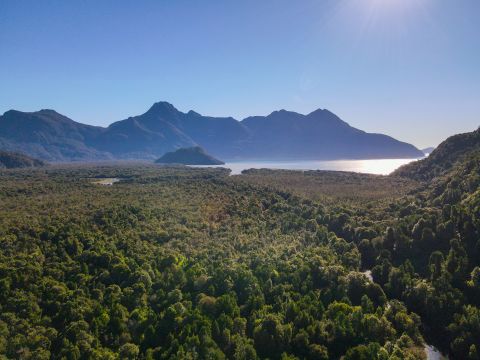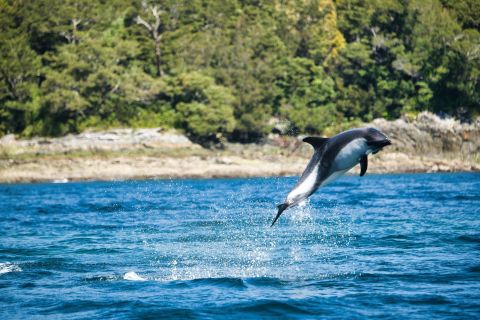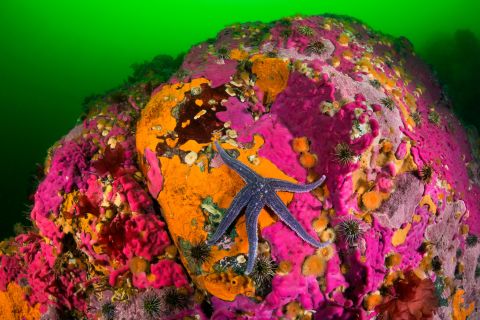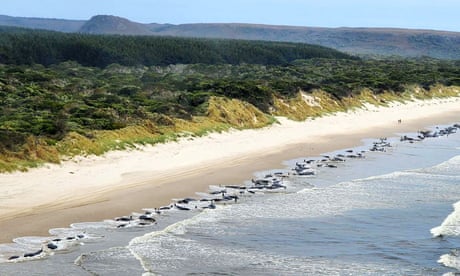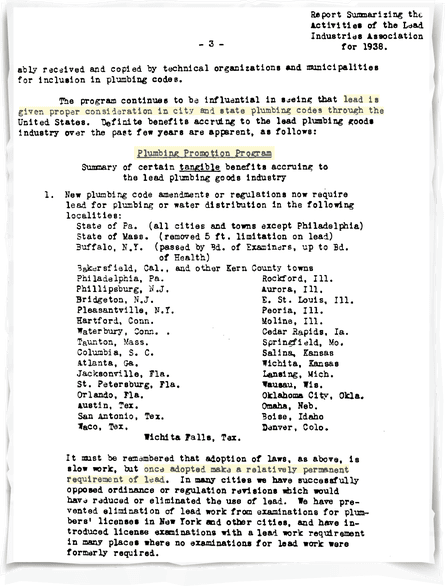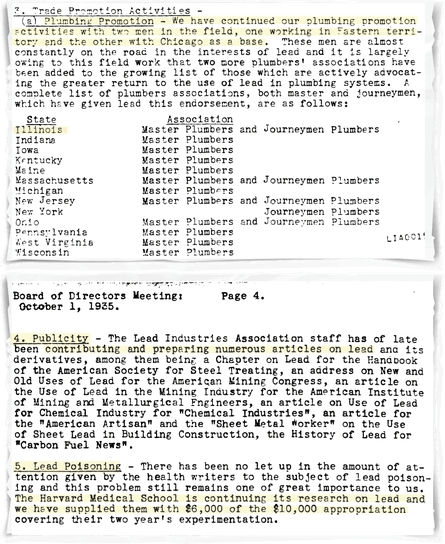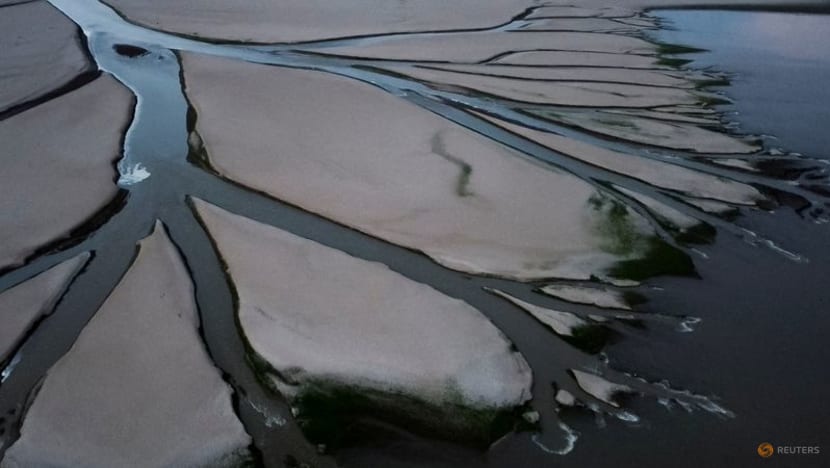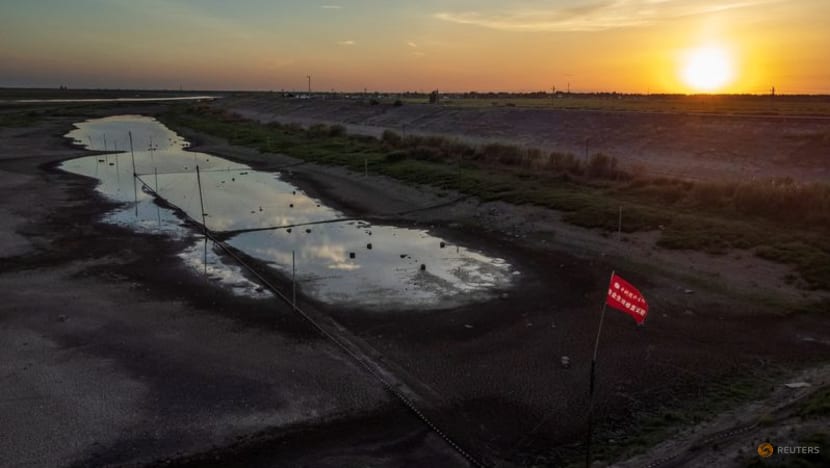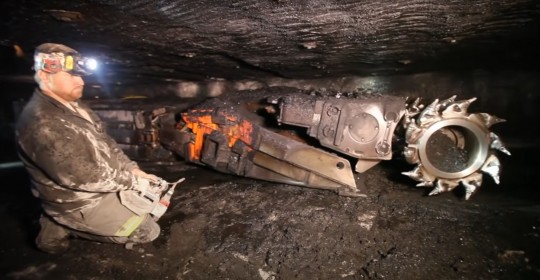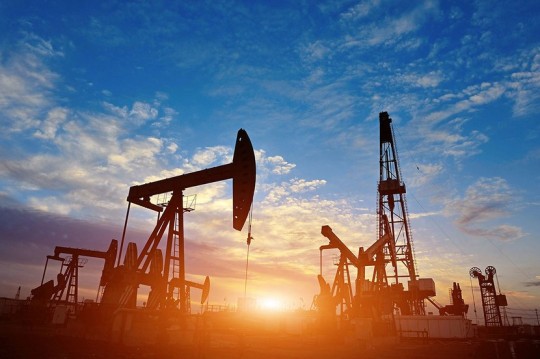Written by Nell Lewis; video by John Lewis, CNN
Published 4:27 AM EDT, Mon September 26, 2022
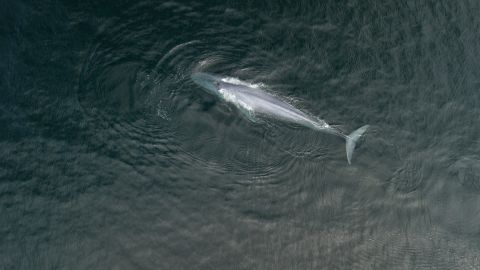
Carlos Echavarria / MERI Foundation
In the Gulf of Corcovado, off southern Chile, whales are abundant. Nine species can be found in these waters, and it's one of the largest feeding grounds in the southern hemisphere for the endangered blue whale (pictured).
CNN —
In the ocean, where light only penetrates a few hundred feet underwater, animals depend on sound to locate food, navigate and to communicate with each other.
But even well into the last century, humans were unaware of the soundscape beneath the waves. Unable to hear the low frequencies that travel furthest underwater, explorers and scientists believed the ocean was a “silent world,” according to French bioacoustics expert Michel André.
“We (humans) ignored this acoustic dimension,” he says. “We contaminated the ocean with sound, without even having the first idea that this could have damaged it.”
In recent decades, the ocean’s depths have become noisier, with the rumble of ship engines, the intense pings of military sonar and seismic blasts used to locate oil and gas deposits. This cacophony of human-made sound is drowning out marine life’s natural chatter, and the impact is life-threatening.
Mammals such as whales have become isolated from their mates, their migration routes have been disrupted, and in some cases noise pollution has caused permanent hearing loss, which can be fatal
In the ocean, where light only penetrates a few hundred feet underwater, animals depend on sound to locate food, navigate and to communicate with each other.
But even well into the last century, humans were unaware of the soundscape beneath the waves. Unable to hear the low frequencies that travel furthest underwater, explorers and scientists believed the ocean was a “silent world,” according to French bioacoustics expert Michel André.
“We (humans) ignored this acoustic dimension,” he says. “We contaminated the ocean with sound, without even having the first idea that this could have damaged it.”
In recent decades, the ocean’s depths have become noisier, with the rumble of ship engines, the intense pings of military sonar and seismic blasts used to locate oil and gas deposits. This cacophony of human-made sound is drowning out marine life’s natural chatter, and the impact is life-threatening.
Mammals such as whales have become isolated from their mates, their migration routes have been disrupted, and in some cases noise pollution has caused permanent hearing loss, which can be fatal
.
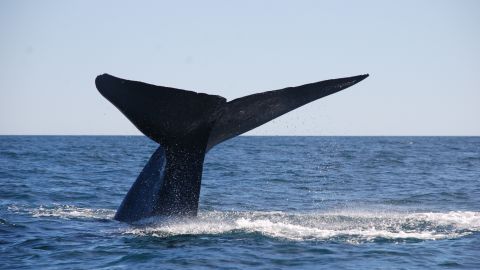
The tail of a blue whale flicks above the water in the Gulf of Corcovado, Chile.

The tail of a blue whale flicks above the water in the Gulf of Corcovado, Chile.
Alex Machuca / MERI Foundation
“Sound is life in the ocean,” says André. “If we pollute this channel of communication … we are condemning the ocean to irreversible change.”
André and other scientists believe that increased noise pollution has led to more collisions between ships and whales, as the ocean giants – which use echolocation or biological sonar to “see” objects – can struggle to locate a vessel over the constant din, while some individuals have become so deaf they cannot hear the approaching danger. Since 2007, the International Whaling Commission has logged at least 1,200 collisions between ships and whales globally, but many more are likely to have gone unnoticed.
Safe and quiet
Technology that uses acoustics to detect the presence of whales in shipping lanes could help to avert these collisions. André and his team at the Laboratory of Applied Bioacoustics in Barcelona have developed software called Listen to the Deep Ocean Environment (LIDO), which monitors acoustic sources in real time and uses artificial intelligence to identify them.
In October, a two-meter-long buoy equipped with this technology and other sensors will be dropped into the Gulf of Corcovado, off the coast of Chile, an area busy with both whales and ships. Using LIDO, it will be able to detect whales within at least a 10-kilometer radius and automatically send an alert to Chile’s navy, which will in turn send a message to nearby vessels, encouraging them to change course or reduce their speed. Ship engines make less noise at lower speeds, which makes it easier for whales to home in on their location.
The buoy will be the first of a wider network deployed as part of the Blue Boat Initiative, a program founded in 2020 by MERI Foundation, a scientific research organization based in Chile. The long-term goal is to have these kinds of buoys running along the coast of South America and beyond, providing a safe passage for migrating whales and other marine species, says Sonia Español-Jiménez, MERI’s executive director.
The Gulf of Corcovado was an obvious place to start. The body of water, which stretches more than 50 kilometers between Chiloé Island and the mainland of southern Chile, is a hotspot for whales – home to nine species – and the largest feeding ground in the southern hemisphere for the endangered blue whale.
But the area is also subject to intense marine traffic, with many vessels belonging to the salmon farming industry. However, research in the US has shown that reducing ship speed is a simple and cost-effective method for avoiding collisions with whales.
“Sound is life in the ocean,” says André. “If we pollute this channel of communication … we are condemning the ocean to irreversible change.”
André and other scientists believe that increased noise pollution has led to more collisions between ships and whales, as the ocean giants – which use echolocation or biological sonar to “see” objects – can struggle to locate a vessel over the constant din, while some individuals have become so deaf they cannot hear the approaching danger. Since 2007, the International Whaling Commission has logged at least 1,200 collisions between ships and whales globally, but many more are likely to have gone unnoticed.
Safe and quiet
Technology that uses acoustics to detect the presence of whales in shipping lanes could help to avert these collisions. André and his team at the Laboratory of Applied Bioacoustics in Barcelona have developed software called Listen to the Deep Ocean Environment (LIDO), which monitors acoustic sources in real time and uses artificial intelligence to identify them.
In October, a two-meter-long buoy equipped with this technology and other sensors will be dropped into the Gulf of Corcovado, off the coast of Chile, an area busy with both whales and ships. Using LIDO, it will be able to detect whales within at least a 10-kilometer radius and automatically send an alert to Chile’s navy, which will in turn send a message to nearby vessels, encouraging them to change course or reduce their speed. Ship engines make less noise at lower speeds, which makes it easier for whales to home in on their location.
The buoy will be the first of a wider network deployed as part of the Blue Boat Initiative, a program founded in 2020 by MERI Foundation, a scientific research organization based in Chile. The long-term goal is to have these kinds of buoys running along the coast of South America and beyond, providing a safe passage for migrating whales and other marine species, says Sonia Español-Jiménez, MERI’s executive director.
The Gulf of Corcovado was an obvious place to start. The body of water, which stretches more than 50 kilometers between Chiloé Island and the mainland of southern Chile, is a hotspot for whales – home to nine species – and the largest feeding ground in the southern hemisphere for the endangered blue whale.
But the area is also subject to intense marine traffic, with many vessels belonging to the salmon farming industry. However, research in the US has shown that reducing ship speed is a simple and cost-effective method for avoiding collisions with whales.

The noise from ship engines can disorientate whales, which rely on sound to navigate.
Daniel Casado / MERI Foundation
In May 2021, after a run of deadly collisions on Chile’s coastline, more than 60 Chilean scientists made a plea to the government to reroute ships from sensitive regions, set speed limits in certain shipping lanes and establish an alert system to warn vessel pilots.
Susannah Buchan, an associate researcher at the University of Concepción in Chile, was one of the signatories and is currently working with Woods Hole Oceanographic Institution (WHOI) on adapting a similar acoustic alert system for Chilean waters. WHOI technology has already deployed in the Santa Barbara Channel, off the coast of California, and off the coast of Savannah, Georgia.
While she sees “great potential in acoustic alert systems,” Buchan says it is important that they are fully validated in scientific literature and by a peer-review process. She also warns that acoustic alert systems are not a “silver bullet” that will end all ship strikes and must be complemented with other solutions such as slow-down zones.
In May 2021, after a run of deadly collisions on Chile’s coastline, more than 60 Chilean scientists made a plea to the government to reroute ships from sensitive regions, set speed limits in certain shipping lanes and establish an alert system to warn vessel pilots.
Susannah Buchan, an associate researcher at the University of Concepción in Chile, was one of the signatories and is currently working with Woods Hole Oceanographic Institution (WHOI) on adapting a similar acoustic alert system for Chilean waters. WHOI technology has already deployed in the Santa Barbara Channel, off the coast of California, and off the coast of Savannah, Georgia.
While she sees “great potential in acoustic alert systems,” Buchan says it is important that they are fully validated in scientific literature and by a peer-review process. She also warns that acoustic alert systems are not a “silver bullet” that will end all ship strikes and must be complemented with other solutions such as slow-down zones.
Understanding the ocean
The acoustic buoys deployed as part of the Blue Boat Initiative will not only work as an early warning system for vessels but will also use sensors to gather data such as water temperature, pH, and oxygen levels, which can be used to study ocean health and the impact of climate change.
They could also be used to help monitor local whale populations. “Every whale has a unique sound,” explains Español-Jiménez, and the buoy’s LIDO technology can identify and classify four of the whale species found in the Corcovado Gulf from their song – humpbacks, blue whales, right whales and sei whales. She adds that as the buoys gather more data, LIDO can be trained to identify other marine species.
Together all this data can be used to inform government policy and action on marine conservation and climate change, she says.
Technology is transforming our understanding of the ocean, says André. “It has brought back this capacity to hear underwater and to listen to creatures underwater and understand the need for them to survive in this environment.”
A pioneer in bioacoustics, André’s work began in the 1990s, when he started investigating the cause of ship and whale collisions on a busy ferry route in the Canary Islands. His research found that whales’ exposure to noise was leading to “acoustic trauma,” with their inner ear receptors becoming severely damaged over time.
It was then that he had the idea to create an acoustic anti-collision system for whales, but the Blue Boat Initiative is the first time his technology will be implemented in the real world.
André would like to see it become more widespread, crossing countries and continents. “My hope is that we can replicate this effort along the Pacific coast so we can cover the tracks of these whales up to Alaska,” he says.
By providing tools to identify sources of sound and to monitor biodiversity, André believes that humans can reconnect with nature and help it recover: “If we find a way to monitor, to listen, and to understand the message from sound, then we have a way to understand the health status of the Earth.”
The acoustic buoys deployed as part of the Blue Boat Initiative will not only work as an early warning system for vessels but will also use sensors to gather data such as water temperature, pH, and oxygen levels, which can be used to study ocean health and the impact of climate change.
They could also be used to help monitor local whale populations. “Every whale has a unique sound,” explains Español-Jiménez, and the buoy’s LIDO technology can identify and classify four of the whale species found in the Corcovado Gulf from their song – humpbacks, blue whales, right whales and sei whales. She adds that as the buoys gather more data, LIDO can be trained to identify other marine species.
Together all this data can be used to inform government policy and action on marine conservation and climate change, she says.
Technology is transforming our understanding of the ocean, says André. “It has brought back this capacity to hear underwater and to listen to creatures underwater and understand the need for them to survive in this environment.”
A pioneer in bioacoustics, André’s work began in the 1990s, when he started investigating the cause of ship and whale collisions on a busy ferry route in the Canary Islands. His research found that whales’ exposure to noise was leading to “acoustic trauma,” with their inner ear receptors becoming severely damaged over time.
It was then that he had the idea to create an acoustic anti-collision system for whales, but the Blue Boat Initiative is the first time his technology will be implemented in the real world.
André would like to see it become more widespread, crossing countries and continents. “My hope is that we can replicate this effort along the Pacific coast so we can cover the tracks of these whales up to Alaska,” he says.
By providing tools to identify sources of sound and to monitor biodiversity, André believes that humans can reconnect with nature and help it recover: “If we find a way to monitor, to listen, and to understand the message from sound, then we have a way to understand the health status of the Earth.”
Technology that identifies whale species using sound is being deployed in the Pacific Ocean
Acoustic buoys will be moored in Chile as part of the Blue Boat Initiative and equipped with software that can identify and classify four species of whales. Press play to listen to their sounds.

Blue Whale

Humpback whale

Sei whale

Right whale
